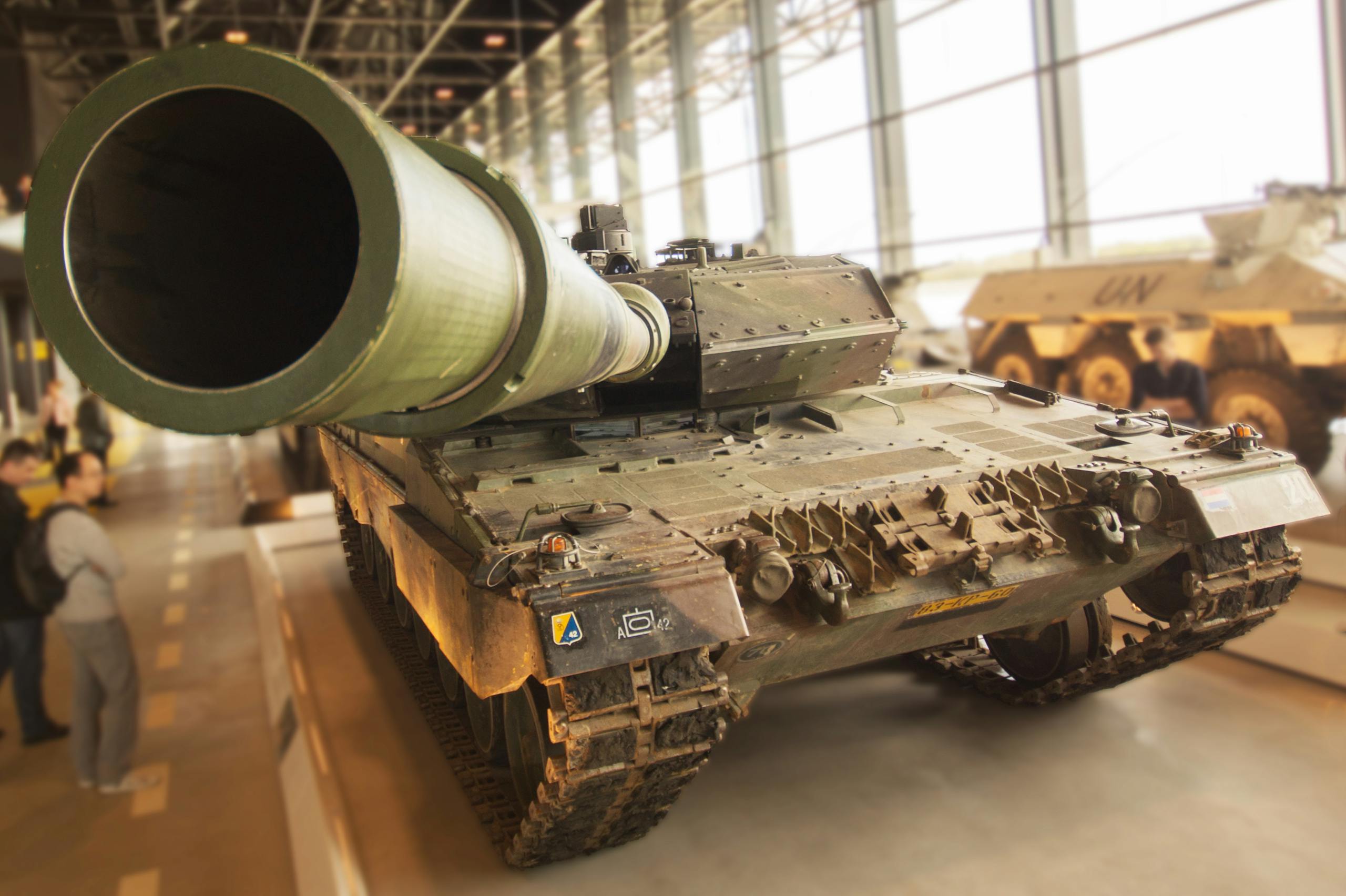Historical Fact: Tanks are Heavy. Very Heavy.
Ladies and gentlemen, gather ’round and lend me your ears—or at least your eyeballs—for a revelation that’s about to shake the very foundation of your understanding: tanks are heavy. Yes, you heard it here first. In a world where breaking news alerts you to the fact that water is indeed wet and the sky maintains a persistent shade of blue, I’m here to drop the metaphorical (and literal) weight of this armored truth on you.
But let’s not just dip our toes into this puddle of profundity; let’s dive headfirst into the ocean of over-engineered, metal-plated behemoths that we so affectionately call tanks.
The Beasts of Burden
Imagine, if you will, a colossal hunk of metal so heavy that Mother Earth herself winces every time one rolls over her delicate surface. These aren’t just vehicles; they’re gravitational events.
- M1 Abrams (USA): Coming in at a featherlight 70 tons. That’s right, 70 tons of freedom and democracy, rumbling across the globe with the subtlety of a bull in a china shop that’s also on fire.
- Leopard 2 (Germany): A svelte 62 tons. Because nothing says “German engineering” like crafting a beast that weighs as much as 31,000 schnitzels.
- Challenger 2 (UK): Tipping the scales at a dainty 62.5 tons. Leave it to the Brits to add that extra half-ton for good measure—probably the weight of the tea kettle on board.
These mechanical mammoths make your SUV look like a child’s toy and your carbon footprint like a dainty toe tap on the Earth’s crust.
History’s Heavy Hitters
Let’s take a nostalgic trip back to when tanks were tanks and men were…well, equally weighed down by questionable decisions.
- Tiger I (Germany, WWII): A modest 57 tons. This kitty had claws, teeth, and a propensity to break down more often than a soap opera starlet.
- Panzer VIII Maus (Germany, WWII): Clocking in at an impressive 188 tons. Yes, you read that right. The Germans built a tank so heavy it couldn’t cross bridges and barely moved faster than continental drift.
Because who needs practicality in warfare when you can have the biggest toy on the playground?
Why So Heavy?
You might ask, “Justin, why did they make them so heavy?” Excellent question, my astute reader.
- Armor to Ignore Her: Thick armor plating to shrug off enemy fire like a raincoat in a drizzle of bullets. Safety first, mobility second—or third, or maybe not at all.
- Firepower Over Flowers: Gigantic guns capable of turning enemy fortifications into modern art installations.
- Engines of Inefficiency: Power plants so massive they guzzle fuel like it’s happy hour and the bartender just announced everything is free.
Gravity’s Rainbow (of Destruction)
The weight of these tanks isn’t just a fun fact to toss around at parties to seem interesting (spoiler: it won’t help). It has real-world consequences.
- Roads? What Roads?: Infrastructure quivers in fear as these juggernauts pass by. Roads crumble, bridges collapse, and Mother Nature sheds a tear.
- Fuel for Thought: Environmental concerns take a backseat—nay, they’re strapped to the roof—as these beasts consume gallons per mile, not miles per gallon.
- Logistical Lunacy: Transporting a tank requires planes, trains, and automobiles—or perhaps a herculean effort involving all three and a sacrificial offering to the gods of heavy lifting.
The Philosophical Weight
But let’s not get bogged down in the physical. Let’s ascend to the metaphysical, the symbolic, the downright pretentious.
Tanks are the embodiment of humanity’s perpetual struggle between protection and aggression, safety and dominance. They’re the armored knights of yore, upgraded and rebranded for a modern audience that’s still grappling with the same old issues—just with bigger toys.
Modern Day Lightweights
These days, there’s talk of making tanks lighter, more agile, more in tune with their feelings perhaps. But where’s the romance in that? Where’s the awe-inspiring dread of seeing a metal monster crest the horizon, blotting out the sun like a mechanical eclipse?
Conclusion: The Weight We Carry
So, yes, tanks are heavy. Very heavy. They are the rolling embodiment of our collective desires and fears, our ingenuity and our folly. They carry the weight of nations, the burden of history, and the hefty price tag of progress.
The next time you see a tank—perhaps rumbling down the street during a parade or parked inexplicably at your local grocery store—take a moment to appreciate not just its physical mass but the metaphorical load it bears. And maybe, just maybe, consider lightening your own load by letting go of the small things.
After all, in a world weighed down by heavy machinery and even heavier consciences, couldn’t we all use a little lift?
In the grand theater of existence, where each of us plays our part upon the stage, tanks remind us that sometimes, making a big impact requires a heavy hand—or at least 70 tons of reinforced steel.

